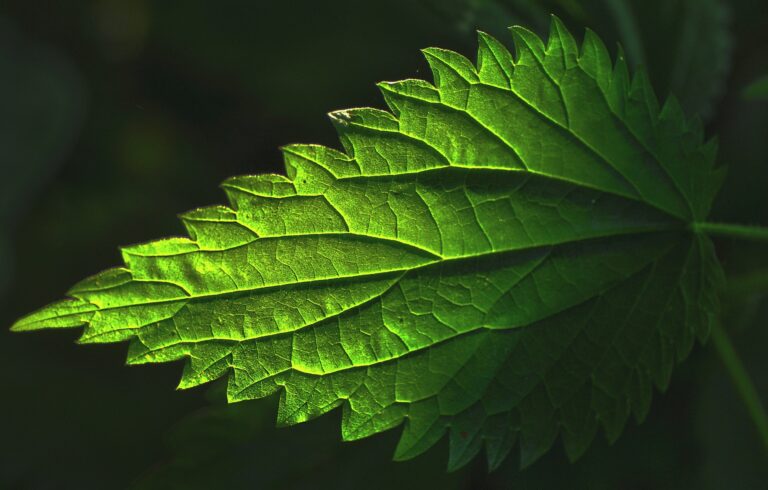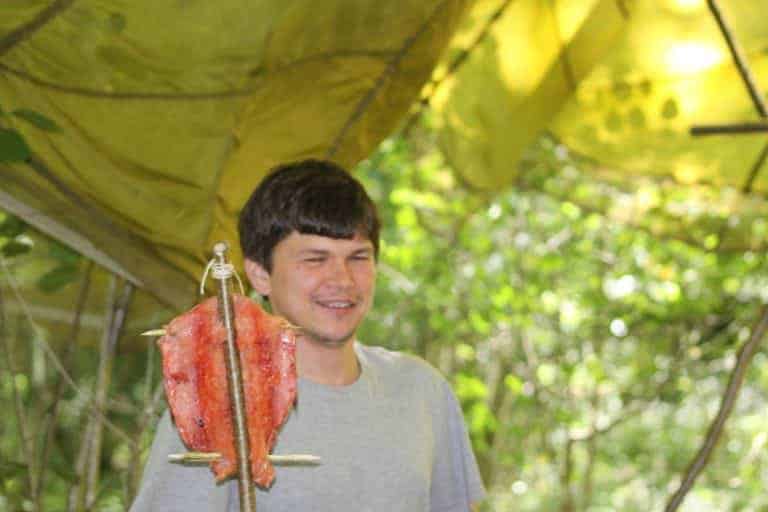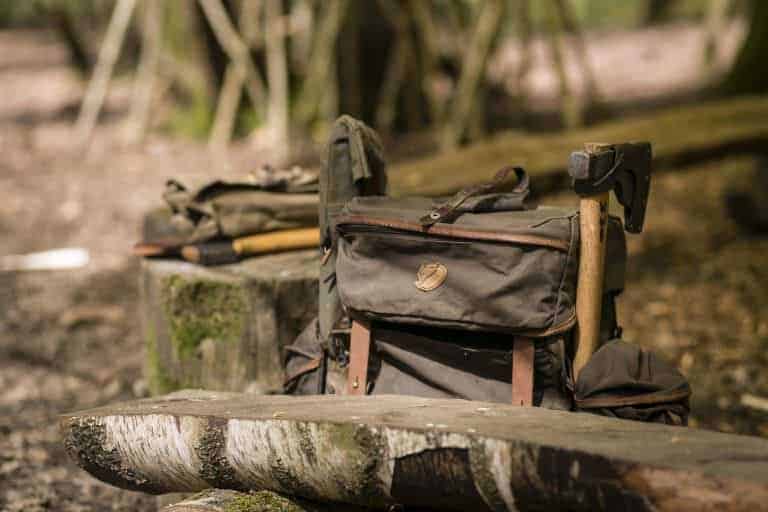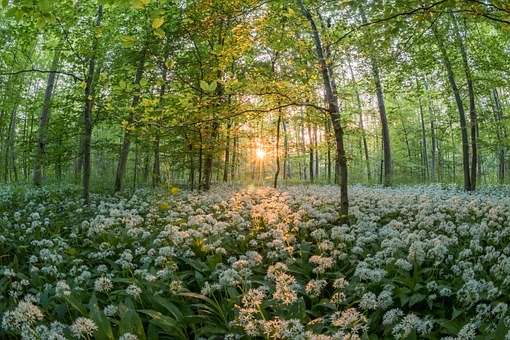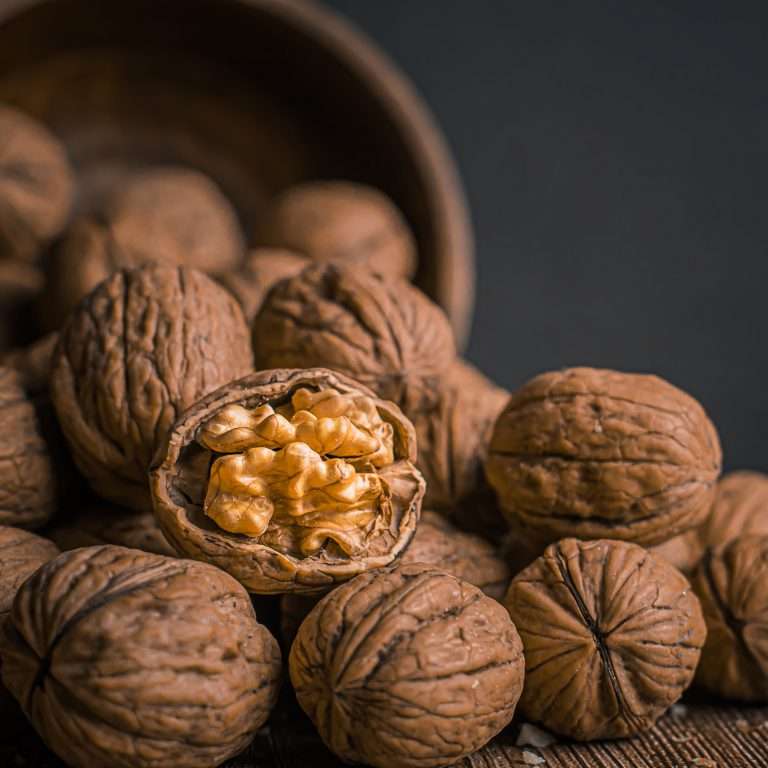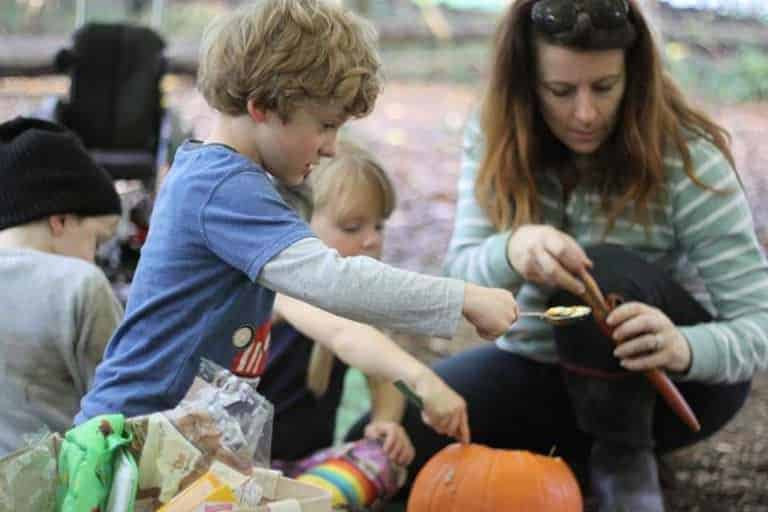Light a Fire, Leave No Trace
When choosing a spot on which to have your campfire it is best to make sure that it is close to a water source or that you have plenty of water to hand. This will come in handy when it comes to clearing up your fire in the morning.Bushcraft is about existing in harmony with nature, not about overcoming or conquering it. This harmony means working with what nature has made available and not damaging it, unless absolutely necessary. This is particularly true when it comes to fire lighting. Campsites and woods are often littered with the remains of fires, charred ground and, more often than not, tin cans and the remains of meals.
In this blog, we’re going to look at the bushcraft skill of fire lighting without damaging the surrounding environment. As always, feel free to read the whole blog or click on the links below to skip to the section that interests you the most.
Join our weekend bushcraft course and learn the art of fire lighting, shelter building, water sourcing and more.
Click here to learn more.
Minimising your impact
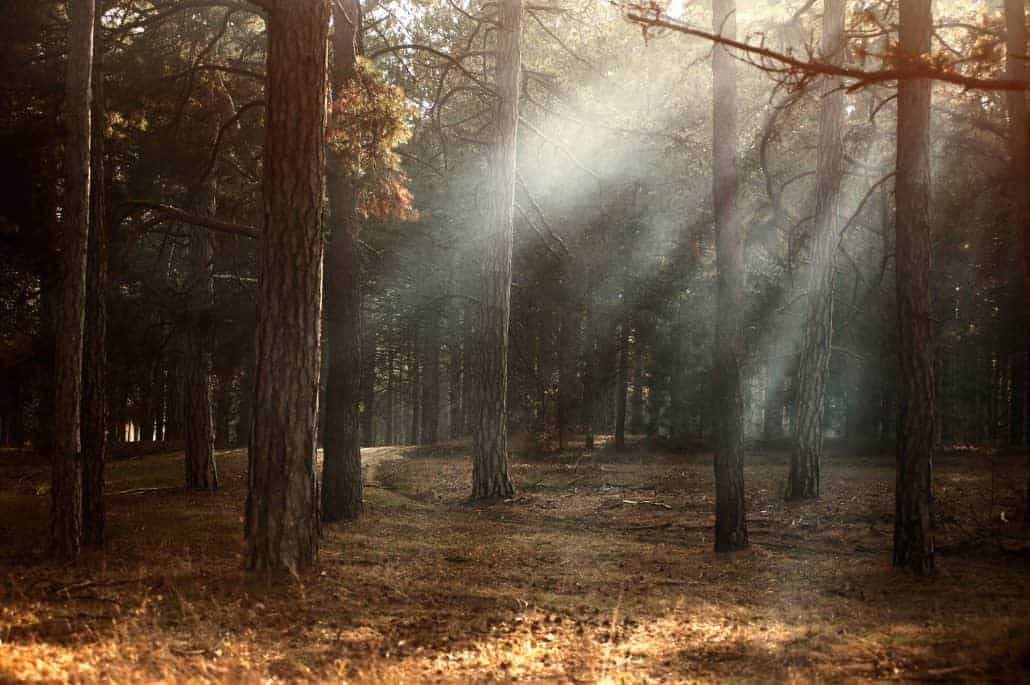
In reality, any interaction with the natural world is going to alter it in some way. From gathering dead wood to make a fire through to digging a latrine our very existence in nature, which we are part of, alters it in some way. Asbushcraft practitioners, however, we need to ensure that we minimise our inevitable impact on the natural world.Sign up to receive bushcraft tips, advice, and news
Preparing your fire
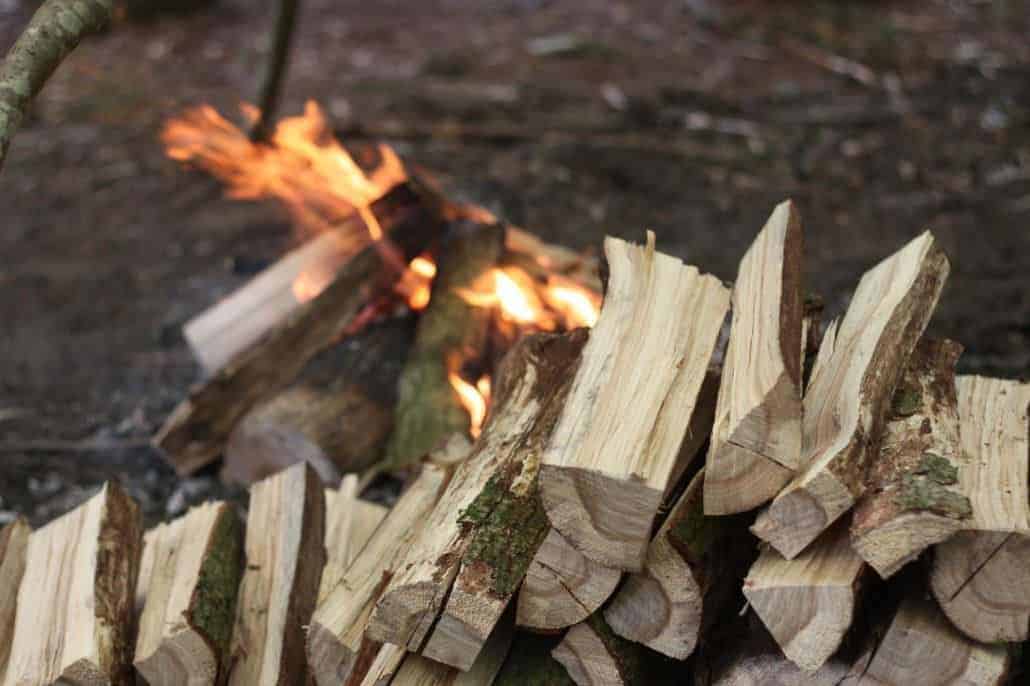
When it comes to leaving no trace of your fire it is all about thinking ahead. This section shows how you make sure that you minimise your impact on the environment with a little bit of prior planning.
- Ensure that you’re close to a water source
When choosing a spot on which to have your campfire it is best to make sure that it is close to a water source or that you have plenty of water to hand. This will come in handy when it comes to clearing up your fire in the morning. - Choosing your materials
When it comes to choosing materials with which to light your fire you should look for those that not only minimise your impact on the natural world but, also, of course, are suitable for fire lighting. Look for dead standing wood rather, than cutting anything off trees; not only is this good etiquette but also green, recently cut wood will not easily burn. When collecting firewood it is important to correctly gauge the amount that you need; come the morning you don’t want to leave a smoldering pile of half burned logs.
Prepare your fire lighting materials in advance so that you are not scrabbling around for extra materials once your fire is going.
- Preparing the ground
After having gathered your firewood, it’s time to prepare the ground. Begin by clearing the ground of all dead leaves and debris. Lay down a base of dead and dry wood, around a few centimetres in diameter. This base will not only improve the air flow to the fire but will also protect your kindling from the damp ground.
Join our weekend bushcraft course and learn the art of fire lighting, shelter building, water sourcing and more.
Click here to learn more.
Clear up after the fire
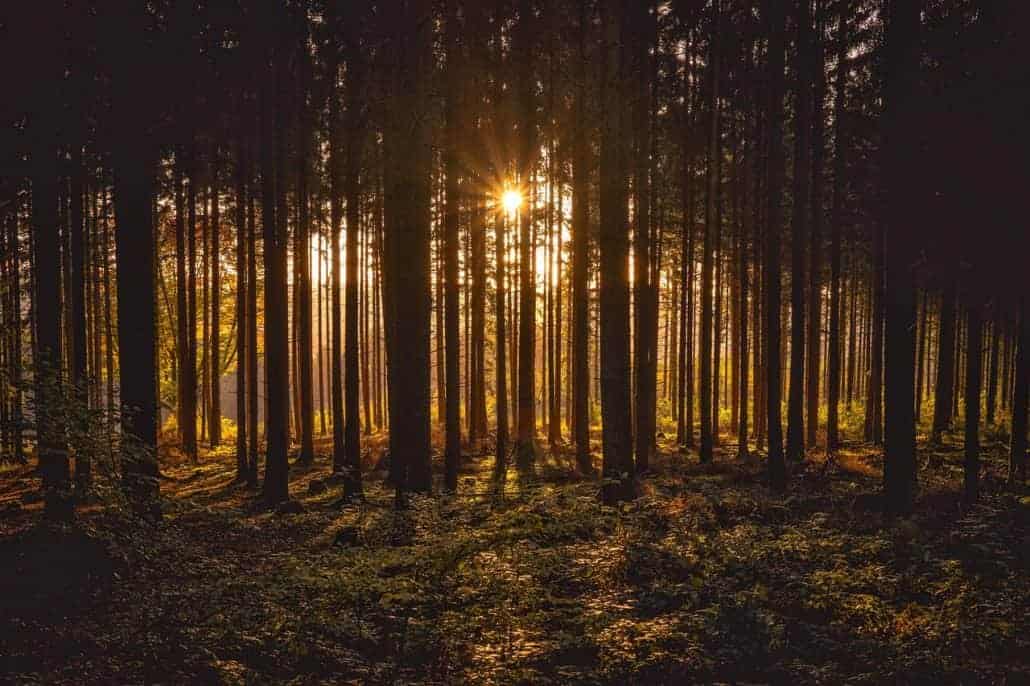
After having had your fire it is time to clean it up. Having carefully gauged the amount of wood that you will need on the fire you should be left with only a few embers in the morning, not half-burned logs.
- Douse the embers
Using the water that we mentioned earlier, dowse the embers. After having covered them in water put your hands into the mix to check that the ground below is cool. - Distribute the ashes
Having checked that the ashes are cool scatter them in the area surrounding the campsite. Be sure to scatter them well, don’t dump them all in the same place. - Cover up the site of the campsite
Having distributed the ashes cover up the place where your campfire was with surrounding materials. Do this is a way that is fitting with the natural environment.
Key pieces of kit
Here are some pieces of kit that you might find useful when out and about in the woods.Please note that, with the exception of Bear Blades and Bushcraft – A Family Guide: Fun and Adventure in the Great Outdoors, Wildway Bushcraft is not associated with any of the products or manufacturers listed below; we don’t get anything from them if you choose to buy anything.
- Knives
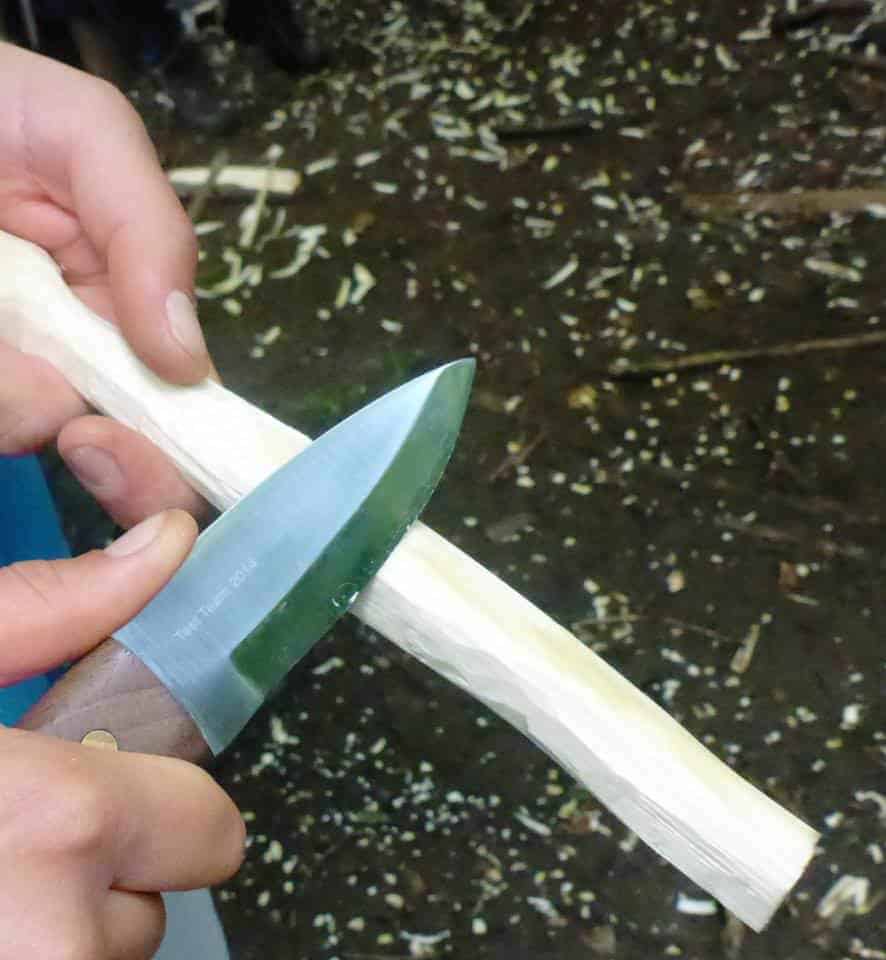 Wildway Bushcraft uses Bear Blades.
Wildway Bushcraft uses Bear Blades.
“Constructed from superb quality D2 steel this knife is ideal for bushcraft and wood crafting. Our most popular knife due to its versatility and functionality, suited to tough daily use in the woods.”
http://bearblades.co.uk/ - Bushcraft – A Family Guide: Fun and Adventure in the Great Outdoors
 Whether it is a mini adventure into the woods and countryside, a camping trip or simply exploring your own back garden, it’s hard to get enough outdoors time, so what better way to do that than with the art of bushcraft? This beautifully illustrated book written by Wildway Bushcraft’s John Boe alongside Owen Senior, contains everything that both children and adults need to know to have fun and be safe in the outside world, including instructions on building shelters, foraging, tracking, tying knots, navigation and much more!
Whether it is a mini adventure into the woods and countryside, a camping trip or simply exploring your own back garden, it’s hard to get enough outdoors time, so what better way to do that than with the art of bushcraft? This beautifully illustrated book written by Wildway Bushcraft’s John Boe alongside Owen Senior, contains everything that both children and adults need to know to have fun and be safe in the outside world, including instructions on building shelters, foraging, tracking, tying knots, navigation and much more!
Buy it on Amazon here - Fallkniven DC4
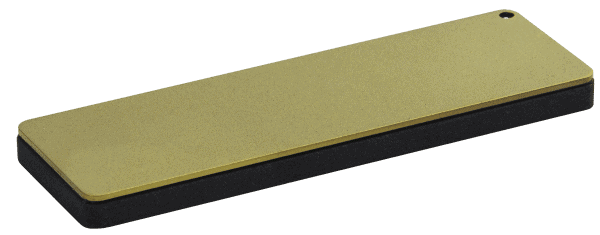 This diamond/ceramic whetstone is perfect for use in the field.
This diamond/ceramic whetstone is perfect for use in the field.
https://www.fallkniven.com/en/knife/dc4/ - Tarps
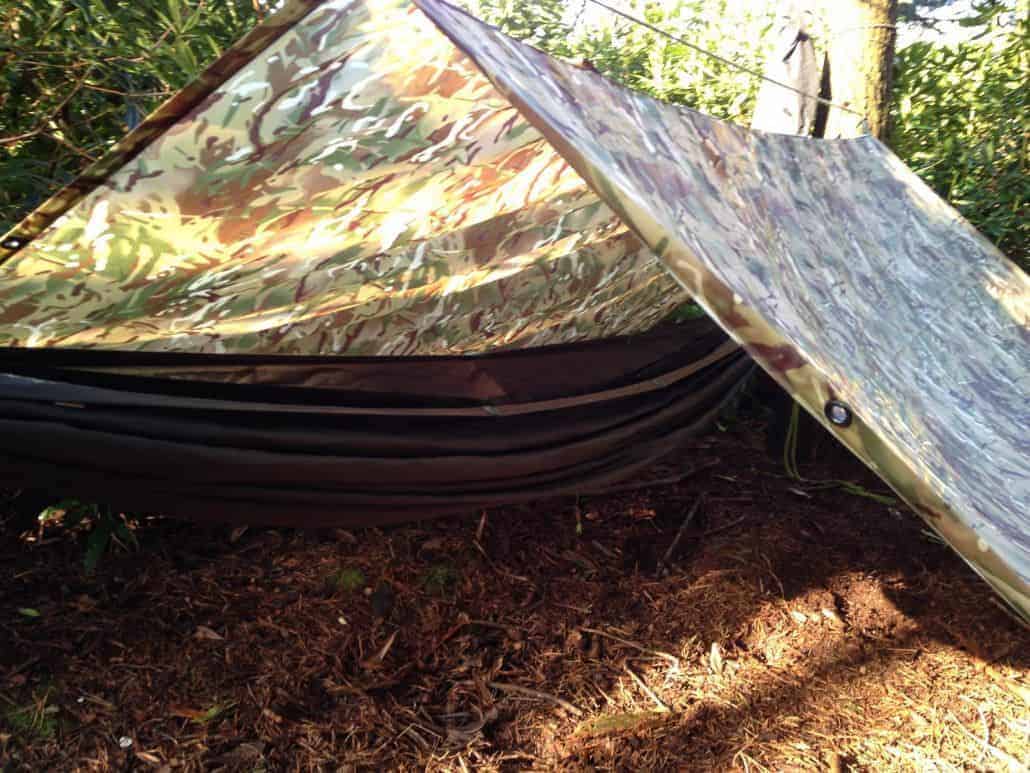
Here at Wildway Bushcraft we’re big fans of DD Hammocks and regularly use their 3 x 3 tarp; here’s what DD has to say about it.
“ DD Tarp 3×3 offers reliable protection wherever you go. Its 19 reinforced attachment points offer a huge number of setup options, and it’s the tarp of choice for bushcraft & survival schools, the military and countless wild campers worldwide!”
https://www.ddhammocks.com/ - Axe
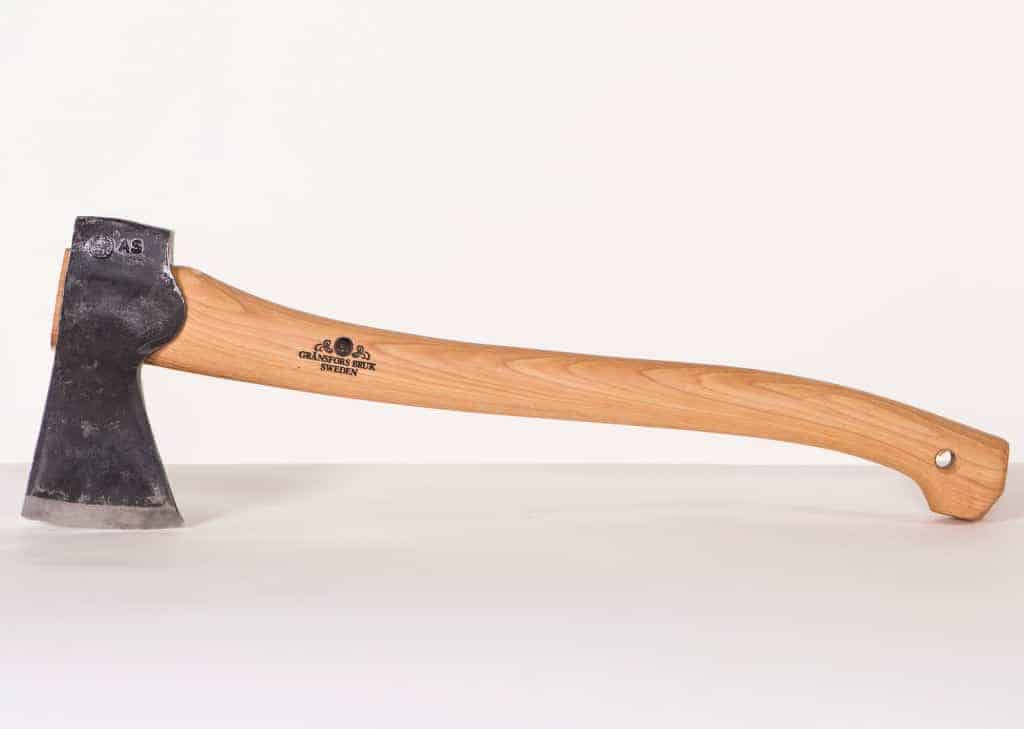
John Boe, owner and founder of Wildway Bushcraft use the Gransfors Bruk Small Forset Axe which weighs in at only 900 gram (2lbs) and is small enough to fit in a rucksack whilst still being powerful enough to do most jobs.
https://www.gransforsbruk.com/en/product/gransfors-small-forest-axe/


